Hi there, pet lovers! 🦎
Reptile enthusiasts looking for a pet that combines raw power, intelligence, and a larger-than-life personality often find themselves drawn to the Argus Monitor (Varanus panoptes). These striking lizards, also known as Yellow-Spotted Monitors, are not for the faint of heart—but for experienced keepers willing to meet their demanding needs, they offer an unparalleled reptile-keeping experience.
Native to the rugged landscapes of Australia and New Guinea, Argus Monitors are active, inquisitive, and highly food-motivated, making them fascinating (if challenging) companions. Unlike more docile species, they require ample space, specialized care, and a confident handler. This review will cover everything from their behavior and handling challenges to enclosure setup, diet, and long-term care requirements.
Overview
Argus Monitors (Varanus panoptes) are large, intelligent, and highly active lizards best suited for experienced reptile keepers. Their striking appearance, trainability, and hardy nature make them captivating pets—but their size, strength, and intense prey drive demand respect. Here’s a quick summary:
- Handling and Temperament: Powerful and food-driven; can be trained but requires caution.
- Care and Maintenance: Demanding—needs a huge enclosure, precise heating, and a meat-heavy diet.
- Health and Durability: Hardy if kept correctly, but prone to obesity if overfed.
- Availability: Rare in pet stores; best sourced from specialty breeders.
- Cost: Expensive initial setup and ongoing feeding costs.
- Overall: A rewarding but high-commitment reptile for advanced keepers.
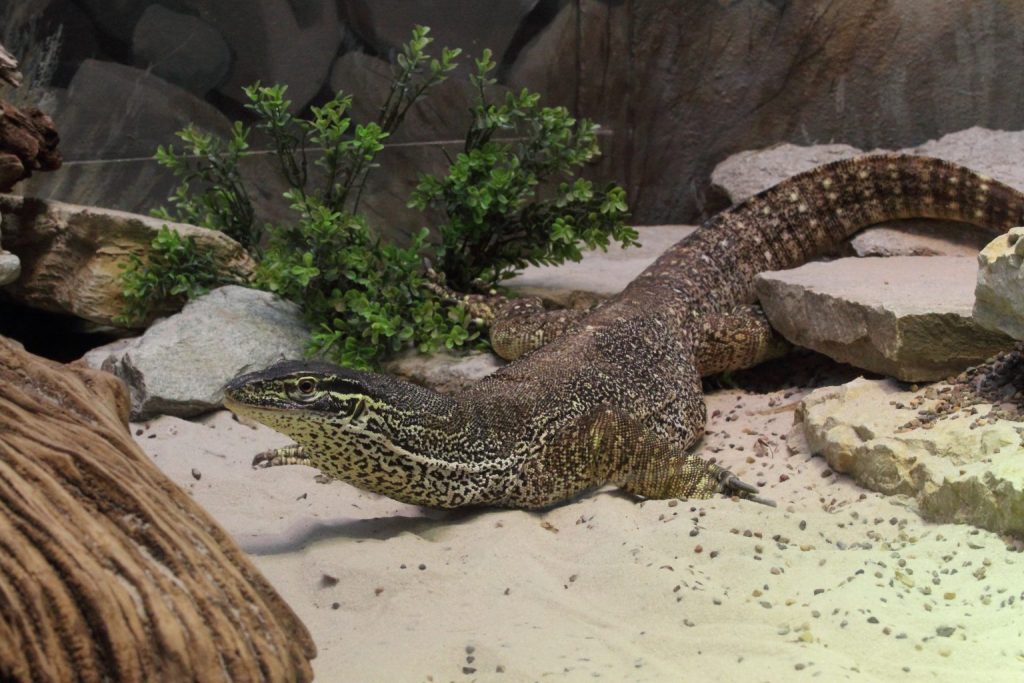
Why Choose an Argus Monitor?
Argus Monitors are not beginner pets, but they stand out for several reasons:
- Striking Appearance: With their golden-yellow spots, muscular build, and velociraptor-like stance, they are one of the most visually impressive monitor species.
- High Intelligence: They exhibit problem-solving skills and can be target-trained.
- Active and Engaging: Unlike sedentary reptiles, Argus Monitors are constantly exploring, digging, and climbing, making them fascinating to observe.
- Long Lifespan: With proper care, they can live 15-20 years, making them a long-term commitment.
However, their powerful feeding response, large size, and need for space mean they are best suited for dedicated, experienced keepers.
Handling and Temperament
Not a “Cuddly” Reptile
Argus Monitors are high-energy, food-driven predators. Unlike bearded dragons or crested geckos, they do not tolerate casual handling. Their strong jaws, sharp claws, and whip-like tail can cause injury if they feel threatened.
Training Can Help
While most Argus Monitors are initially defensive, they can be target-trained to reduce aggression. Examples show that they can learn to:
- Respond to cues (e.g., coming when called).
- Focus on food targets (reducing accidental bites).
- Walk on a leash (using their non-detachable tail as an anchor).
However, even trained Argus Monitors remain high-strung and unpredictable compared to tamer reptiles.
Handling Tips
- Avoid sudden movements—they react quickly to perceived threats.
- Never hand-feed directly—use tongs to prevent accidental bites.
- Supervise interactions—they can leap or bolt unexpectedly.
- Respect their space—some individuals never fully tolerate handling.
Care and Maintenance
Enclosure Requirements
Argus Monitors need massive, custom-built enclosures—far beyond typical glass tanks.
- Minimum Size: 8’ x 4’ x 4’ for an adult (larger is better).
- Substrate: Deep, burrow-friendly mix (e.g., soil/sand blend).
- Climbing & Hiding: Branches, rocks, and sturdy hides (they love to climb and dig).
- Water Dish: Large enough to soak in (though they are not aquatic).
Temperature & Lighting
- Basking Spot: 120-130°F (must be wide, not a single hot bulb).
- Ambient Temperature: 80-90°F daytime, 70-75°F at night.
- UVB Lighting: Essential (mercury vapor bulbs recommended).
Diet & Feeding
Argus Monitors are strict carnivores with a high metabolism.
- Staple Foods: Whole prey (mice, rats, chicks), insects (roaches, crickets), lean meats.
- Avoid Fatty Foods: Too much fatty meat can lead to obesity.
- Feeding Frequency: Daily for juveniles, every 2-3 days for adults.

Health and Durability
Hardy but Sensitive
Argus Monitors are tough reptiles but can develop health issues if care is lacking:
- Obesity: Overfeeding is a major risk.
- Metabolic Bone Disease (MBD): Caused by poor UVB or calcium deficiency.
- Respiratory Infections: Due to incorrect humidity or temperatures.
Preventative Care
- Regular vet check-ups (find a reptile specialist).
- Proper UVB and heating setup.
- Clean enclosure (prevents bacterial/fungal growth).
Availability and Cost
Where to Buy
- Reputable Breeders: The best option for healthy, captive-bred monitors.
- Reptile Expos: Occasionally available, but rare in pet stores.
Initial Costs
- Argus Monitor: $300 to $1,000+ (depending on lineage).
- Enclosure Setup: $1,000 to $3,000 (custom builds are expensive).
- Ongoing Costs: High (food, electricity, vet bills).
Pros and Cons
Pros
✅ Highly intelligent – Capable of learning routines and target training.
✅ Active and engaging – Far more interactive than most reptiles.
✅ Striking appearance – Their golden-spotted pattern is breathtaking.
✅ Hardy when cared for – Less prone to illness than other monitors.
✅ Long lifespan – A 15-20 year companion for dedicated keepers.
Cons
❌ Extremely demanding – Requires massive space and precise conditions.
❌ Not for handling – Aggressive feeding response and defensive nature.
❌ Expensive upkeep – High costs for food, electricity, and vet care.
❌ Rare and pricey – Difficult to find and costly to purchase.
❌ Prone to obesity – Overfeeding is a common and serious issue.
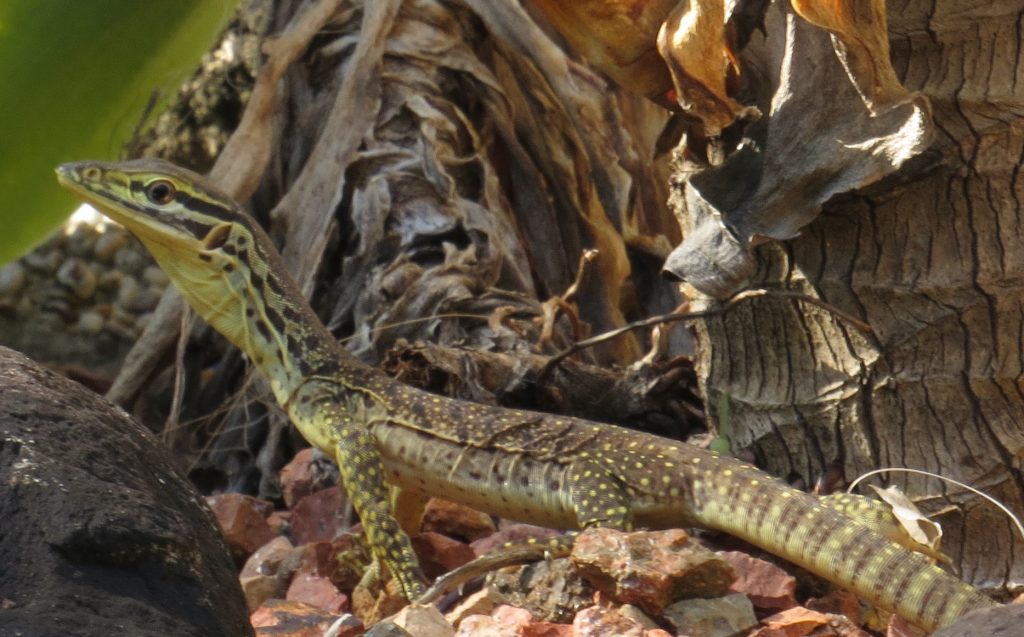
Final Thoughts
The Argus Monitor is a magnificent but demanding reptile that rewards experienced keepers with unmatched intelligence and activity. They are not for beginners, but for those ready to invest in space, time, and training, they are one of the most captivating monitor species available.
Would you take on the challenge of keeping an Argus Monitor? Let us know in the comments!
For more reptile care guides, stay tuned to our blog. 🦎

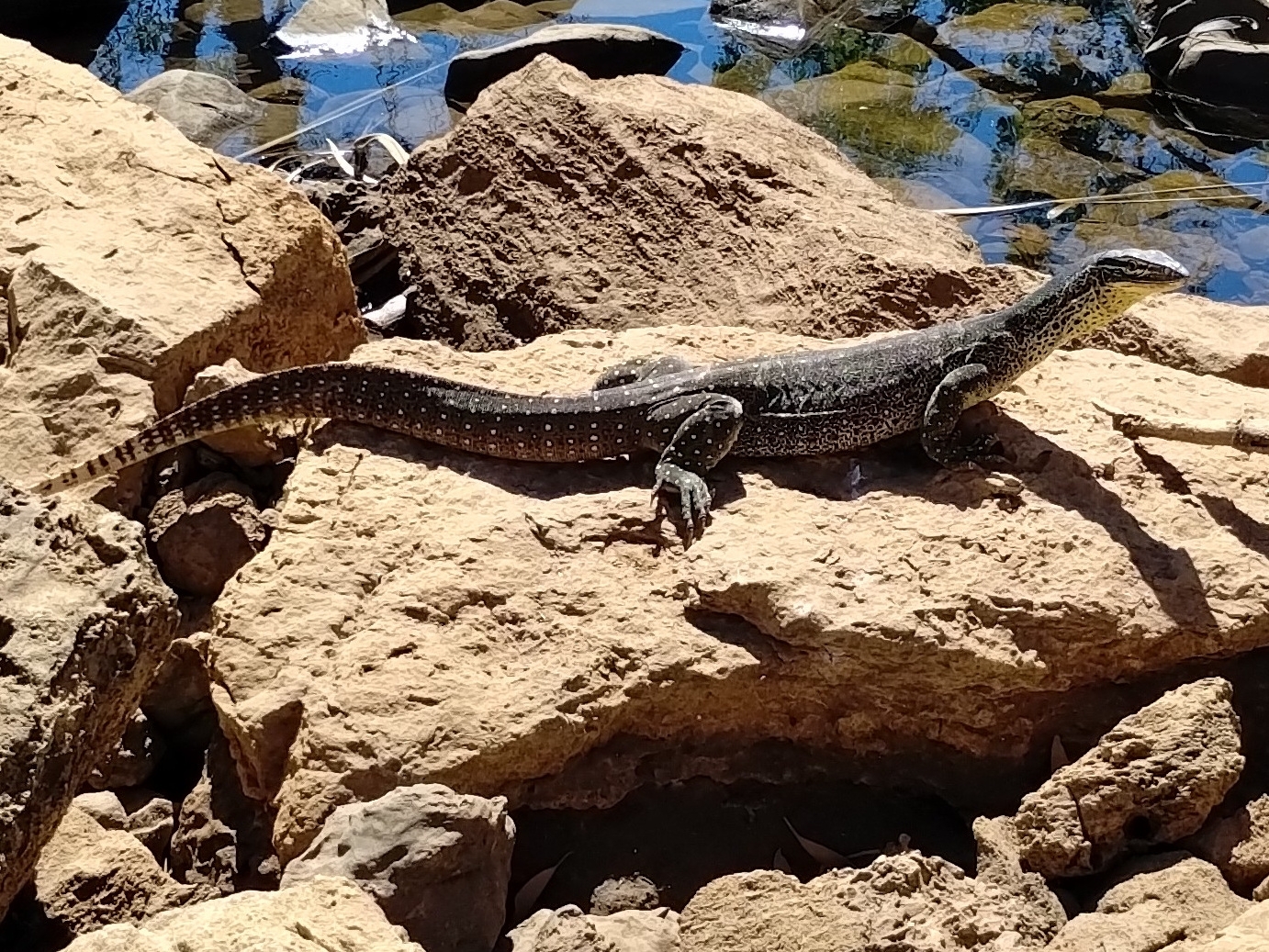

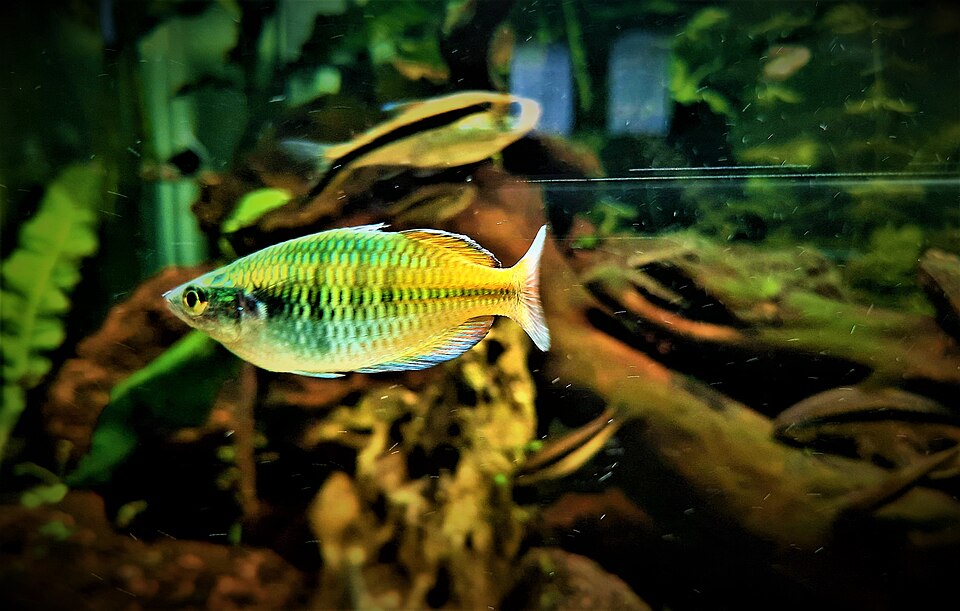
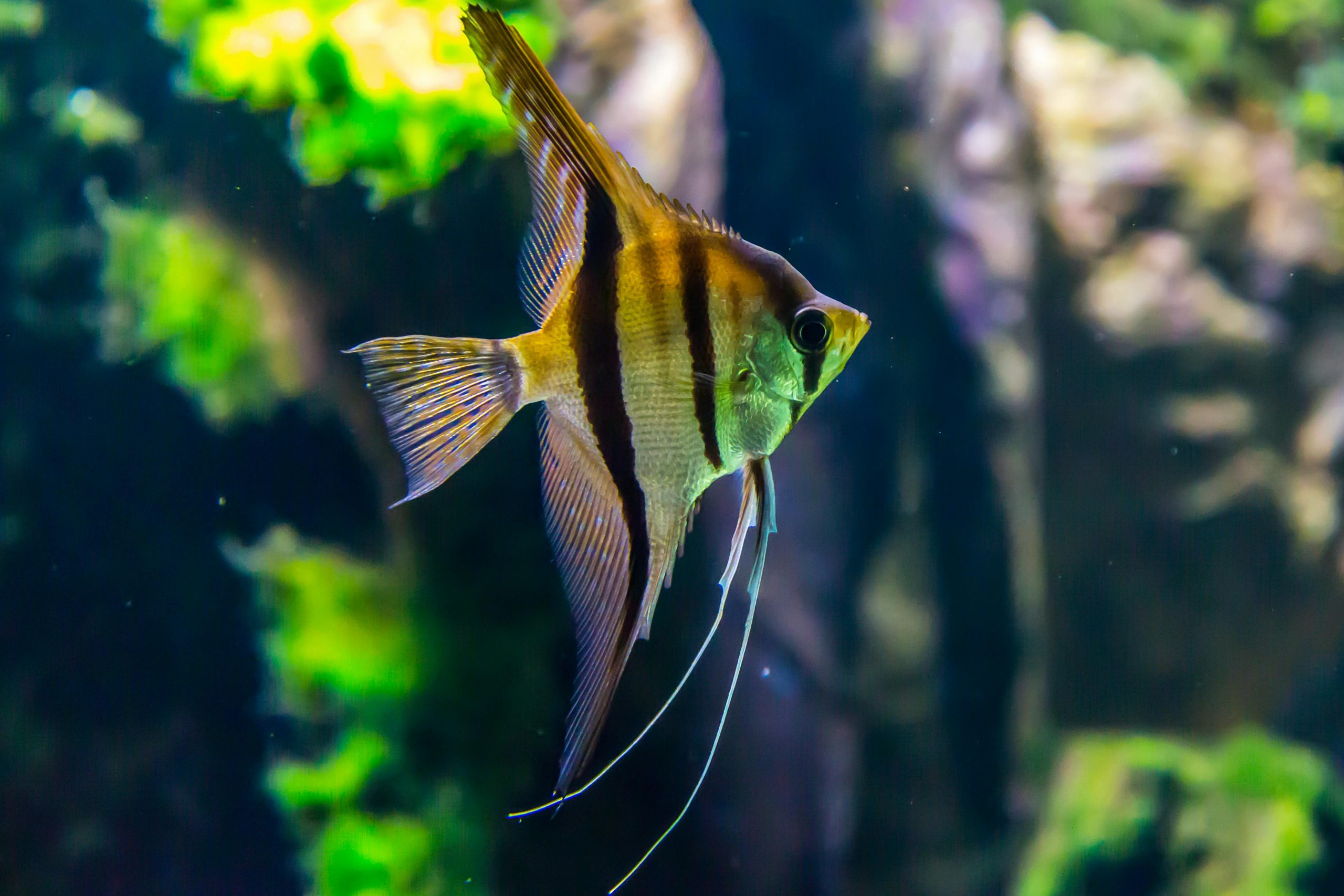
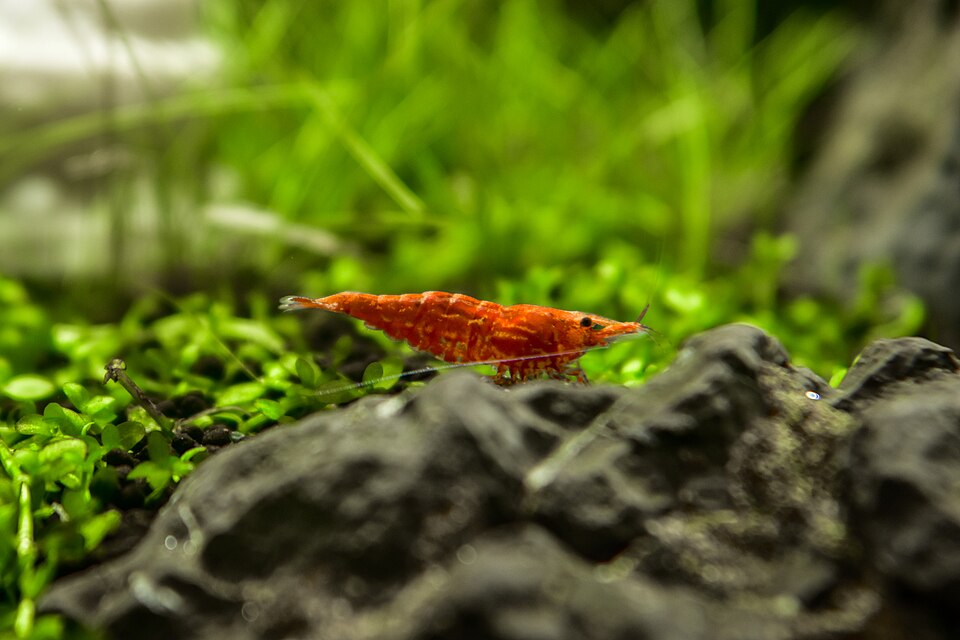


Leave a Reply